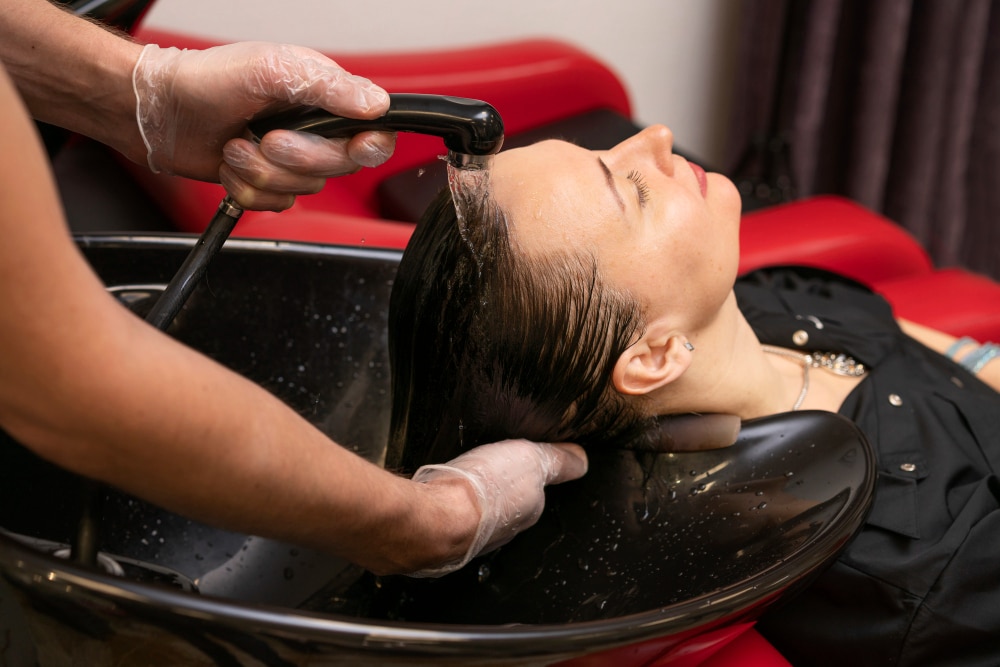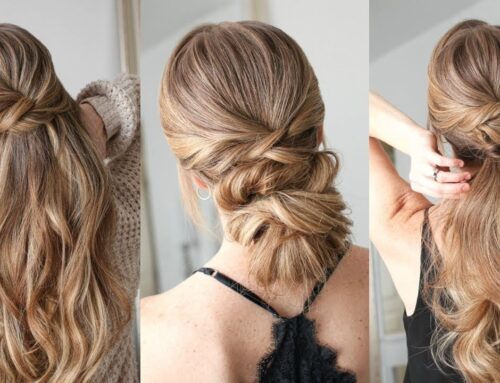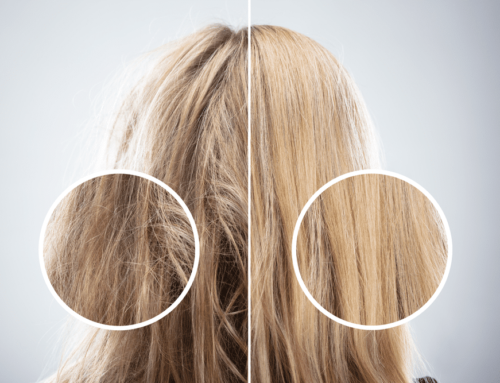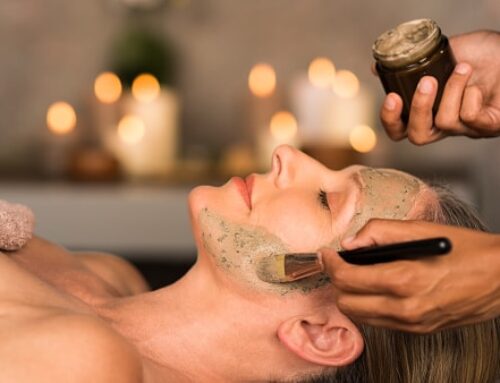The Importance of Treating Hair Before and After Chemical Processes
When it comes to coloring, highlights, straightening, or perming, hair care shouldn’t be limited to the day of the procedure. The success and health of the hair depend on proper preparation before the chemical process, intensive treatment afterward, and ongoing maintenance. Below, we’ll explore the importance of these steps, the specific needs of the hair at each stage, and the best strategies to maintain long-term hair health.
 Why Treat Hair Before a Chemical Procedure?
Why Treat Hair Before a Chemical Procedure?
Before undergoing any chemical treatment, it’s essential to ensure the hair is healthy and strong enough to withstand the process. Chemical treatments such as bleaching, coloring, straightening, and perming alter the hair’s structure, potentially causing dryness, breakage, and loss of shine if the strands are weak.
Recommended Pre-Treatment:
-
Deep Hydration: replenishes water in the hair, leaving it more flexible and less prone to damage.
-
Hair Reconstruction: restores proteins, especially keratin, to strengthen the hair structure.
-
Intensive Nourishment: nourishes with oils and butters to maintain elasticity during the procedure.
Pro Tip: Start these treatments 3 to 4 weeks before the chemical process, applying them weekly.
 Post-Chemical Care: Restoring Hair Health
Post-Chemical Care: Restoring Hair Health
After a chemical procedure, the hair loses essential nutrients such as lipids, proteins, and water. Additionally, the cuticles tend to remain open, making the strands more vulnerable to external factors like sun exposure, pollution, and heat tools.
Essential Treatments After Chemical Procedures:
1. First Week (Intensive Treatment):
- Reconstruction to restore lost keratin.
- Deep hydration to bring back softness and shine.
2. Weekly Maintenance:
- Alternate between hydration and nourishment to maintain the moisture and lipid balance.
3. Monthly Care:
- Perform a reconstruction session every 30 days, especially for bleached and straightened hair.
Pro Tip: Avoid washing the hair during the first 48 hours after the procedure and always use lukewarm or cold water to prevent cuticle damage.
Daily, Weekly, and Monthly Hair Needs
Daily Care:
- Use shampoo and conditioner suitable for the hair type and chemical procedure.
- Apply leave-in conditioner with heat protection whenever using a blow-dryer, flat iron, or curling iron.
- Avoid prolonged sun exposure without hair protection (hats, caps, or products with UV filters).
Weekly Care:
- Schedule regular hydration treatments to maintain softness and shine.
- For chemically treated hair, alternate between hydration and nourishment to balance hair structure.
Monthly Care:
- Apply a deep reconstruction mask to replenish proteins and strengthen the strands.
- Visit a professional for scalp health assessments and hair integrity checks.
Choosing the Right Products for Different Hair Types
1. Shampoo:
- Colored Hair: sulfate-free formulas with antioxidants to preserve color.
- Bleached Hair: purple or blue shampoos to neutralize brassiness.
- Straightened Hair: low-pH shampoos to maintain cuticle sealing.
- Curly and Coily Hair: moisturizing shampoos without harsh sulfates.
2. Treatment Masks:
- Hydration: with glycerin, panthenol, and hyaluronic acid.
- Nourishment: rich in vegetable oils like coconut, avocado, and argan.
- Reconstruction: with keratin, collagen, and amino acids.
3. Conditioner:
- Look for emollient-rich formulas with balanced pH to seal the cuticles after washing.
4. Finishing Products:
- Heat Protectants: essential when using hot styling tools.
- Hair Oils: seal split ends and add shine.
- UV Protection Sprays: protect hair color and prevent sun damage.
Extra Tips for Maintaining Hair Health After Chemical Treatments
- Avoid washing your hair daily; aim for every 2 to 3 days.
- Follow a personalized hair care schedule, alternating hydration, nourishment, and reconstruction.
- Sleep on silk pillowcases to reduce friction and prevent breakage.
- Schedule regular professional consultations to adjust treatments as needed.
Conclusion:
Maintaining healthy hair after chemical treatments requires consistent care before, during, and after the process. Investing in the right products and treatments not only preserves the hair’s beauty and integrity but also ensures longer-lasting results and healthy, radiant hair.

 Why Treat Hair Before a Chemical Procedure?
Why Treat Hair Before a Chemical Procedure? Post-Chemical Care: Restoring Hair Health
Post-Chemical Care: Restoring Hair Health


Leave A Comment